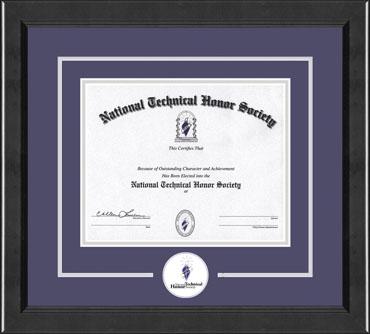From the Yakima Herald:
“After graduating East Valley High School in 2011, David Foster attended a Bible school and traveled for a couple of years before deciding he needed to go back to school to get a job.
“I’m not super scholarly, so I didn’t want to spend a lot of time with books,” Foster said. But he liked to work with his hands, particularly wiring buildings.
Instead of going the more traditional route into a four-year college or university, Foster enrolled at Perry Technical Institute, and is expecting to graduate at the end of the year and be halfway toward certifying as a journeyman electrician.
It’s a trajectory that educators say more students are taking, as career and technical programs are seen as a faster, cheaper and less-risky route to get a well-paying, skilled job than going to college.
But it’s a change that requires overcoming past prejudices about training in the trades as opposed to pursuing higher education.
“It’s slow, but it’s us doing a better job of marketing,” said Dennis Matson, principal and director of Yakima Valley Technical Skills Center, a technical education school sponsored by the Yakima School District and open to students at high schools around the Valley.
While there has always been training in technical and trade fields through apprenticeships, vocational education, as it was known in the past, was formalized in the United States in 1917 with the Smith-Hughes Act. That law provided federal funds to states to promote pre-college vocational education in agriculture, industrial trades and home economics.
Business owners and labor unions pushed for the bill as a way to address shortages of skilled labor in an economy that was becoming more industrial.
While the law and the move for vocational education had its good intentions, there were some issues with it as well.
In time, vo-tech, as some nicknamed the programs and schools that offered it, were seen as a place to put people who were not “college material” while public school systems pushed college education as the best path to success.
But attitudes are starting to shift, and the programs are now dubbed Career and Technical Education, with expanded offerings including health-related professions and information technology, fields where there is high demand for workers, according to proponents.”
Read more here.






